Embark on a delightful journey through the world of Philippine breads, where every loaf and pastry tells a story of tradition, innovation, and the Filipino love for baked goods. With influences ranging from Spanish colonial heritage to indigenous flavors and modern trends, Filipino breads offer a diverse and tantalizing array of flavors, textures, and shapes. From the iconic pandesal, a soft and fluffy breakfast staple, to the indulgent ensaymada topped with butter and cheese, and the festive flavors of bibingka and puto bumbong, each bread captures the essence of Filipino culture and culinary creativity.
Churro
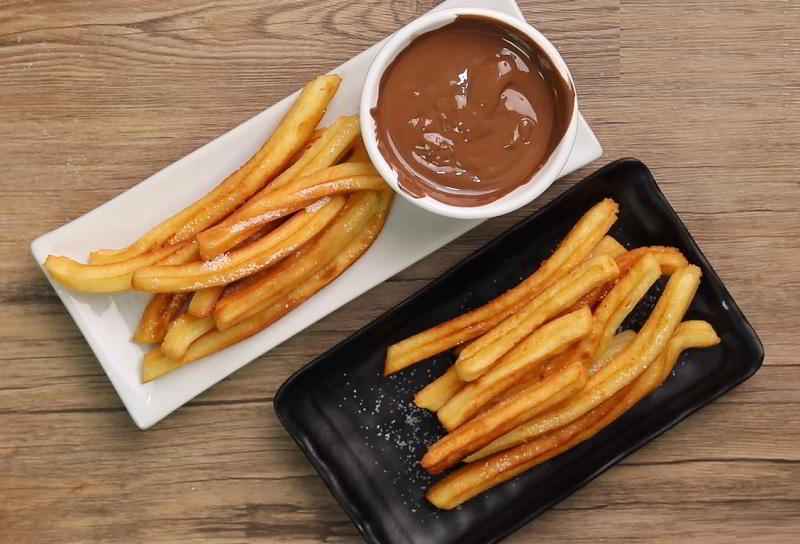
Churros, a beloved treat in the Philippines, are fried pastries enjoyed for their crispy exterior and soft, doughy center. Made from a simple dough of flour, water, and salt, they're piped into hot oil, creating a golden brown exterior. Rolled in sugar and sometimes cinnamon, they offer a sweet indulgence.
Bunuelo
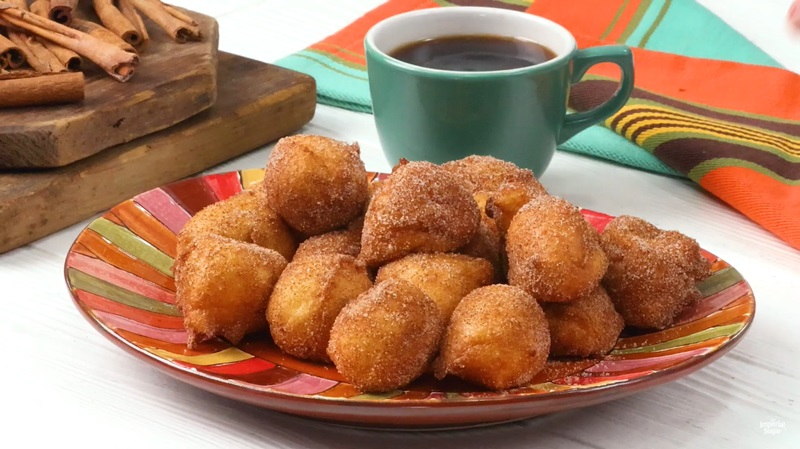
Bunuelo is a delightful treat is made by deep frying a dough mixture, resulting in a golden brown, crispy exterior. The dough is typically made from flour, eggs, sugar, and baking powder, which gives the bread a light and fluffy texture. Bunuelo can be enjoyed plain, but it is often coated with sugar syrup or dusted with powdered sugar for added sweetness. What sets Buñuelo apart from other breads is its unique shape. The dough is formed into small balls or rings before frying, giving it a playful and appealing appearance.
Pandesal
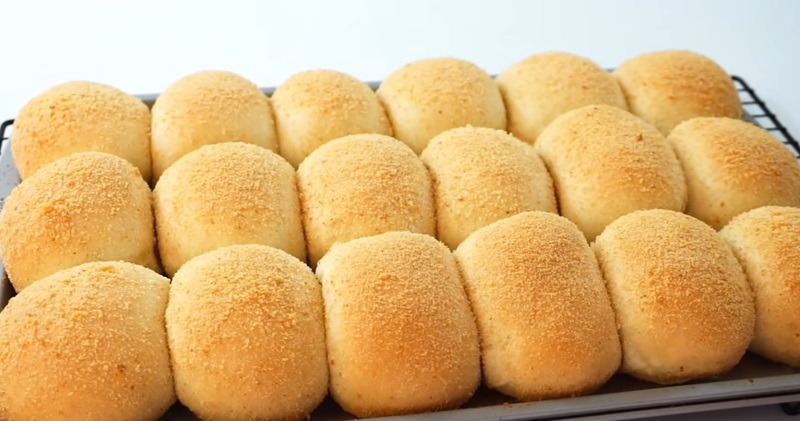
Pandesal is a staple in Filipino breakfast. The word "pandesal" translates to "salt bread" in English, referring to the small amount of salt used in its preparation. The bread is made from basic ingredients such as flour, yeast, sugar, salt, and water. The dough is traditionally shaped into small oval shapes and rolled in breadcrumbs before baking. This gives the bread its distinctive crunchy exterior. Pandesal is typically served fresh from the oven, still warm and fragrant. With its fluffy texture and slightly sweet flavor, pandesal can be enjoyed on its own or paired with various fillings.
Ensaymada
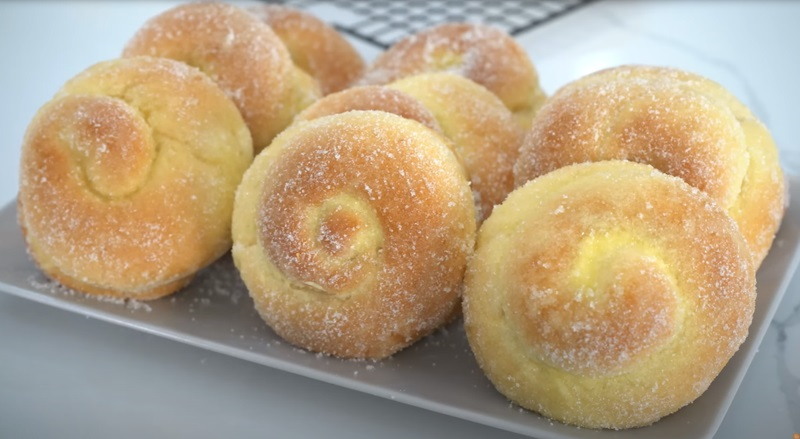
Ensaymada is a delectable Filipino pastry, a remnant of Spanish influence. Crafted from enriched dough, it's soft, fluffy, and slightly sweet, reminiscent of a brioche. After baking, it's generously coated with butter, sprinkled with sugar, and topped with grated cheese for a perfect balance of flavors—sweet, salty, and savory. Often enjoyed as a breakfast treat or a snack, ensaymada embodies Filipino hospitality, often shared with loved ones during gatherings or celebrations.
Señorita Bread
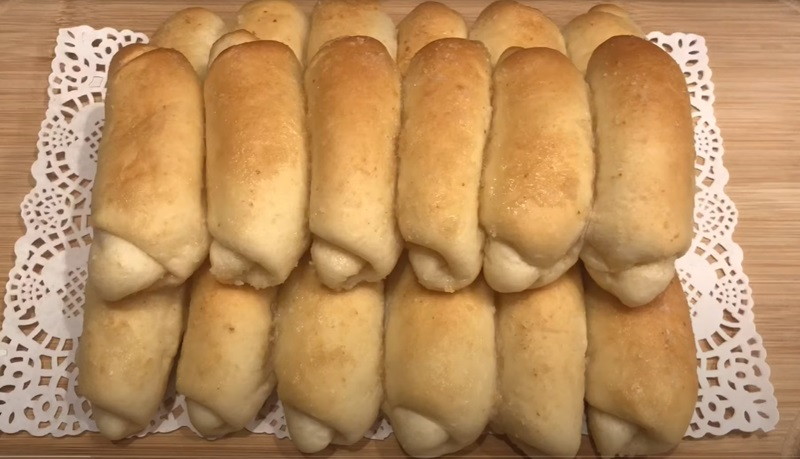
Señorita bread is a type of Filipino bread roll known for its elongated or cylindrical form, typically filled with a traditional sweet mixture of breadcrumbs, butter or margarine, and brown sugar. Its golden hue is attributed to the inclusion of eggs and butter in the dough. The filling is evenly distributed on flattened dough, often triangular but sometimes square, before being rolled into a distinctive horn-like shape. Finally, breadcrumbs are sprinkled on the exterior before baking, resulting in a delightful pastry with a perfect balance of sweetness and texture, cherished in Filipino culture for its unique taste and appearance.
Biscocho
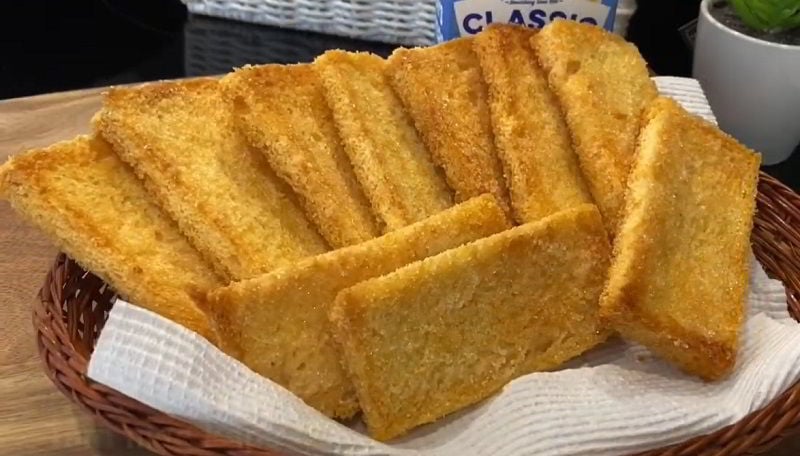
Biscocho encompasses a variety of Filipino twice-baked breads, typically coated with butter and sugar, and sometimes with garlic. These breads hail from different regions of the Philippines. A key feature of biscocho is its preparation from stale bread, which is baked again to achieve a crispy texture. Varieties include Biscocho de caña, featuring stale bread with a touch of sugar, Biscocho de Manila, small and round, dusted with white sugar, and Biscocho de rosca, more of a cookie than bread, made with lard, anise, flour, sugar, butter, and eggs. Biscocho de sebo stands out for its use of lard, lending it an oily texture and minimal sweetness.
Binangkal
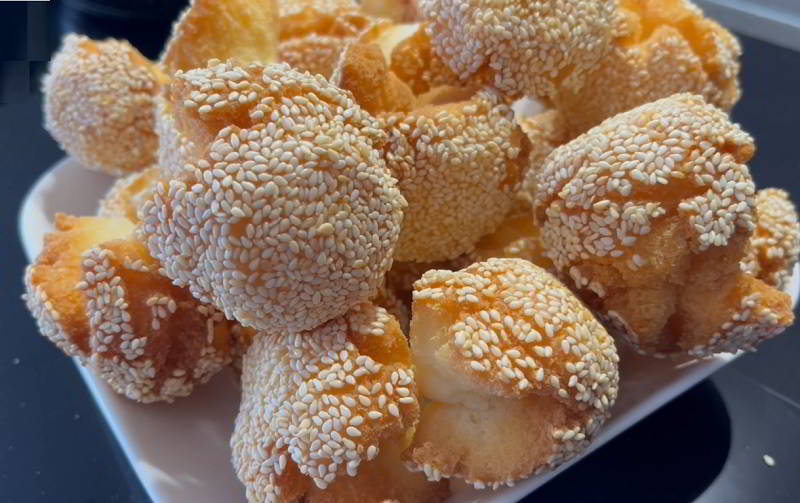
Binangkal is a unique doughnut originating from the Visayas and Mindanao islands in the Philippines. These delightful treats consist of dense dough balls deep-fried to perfection and coated generously with sesame seeds. The name "binangkal" comes from the Visayan term "bangkal," which translates to rolling or shaping into a ball. Crafting binangkal involves creating a basic batter using flour, sugar, baking powder, and water. The batter is then formed into small balls and fried until they achieve a golden-brown hue. The end product boasts a crispy exterior complemented by a soft and chewy center.
Pan de Regla
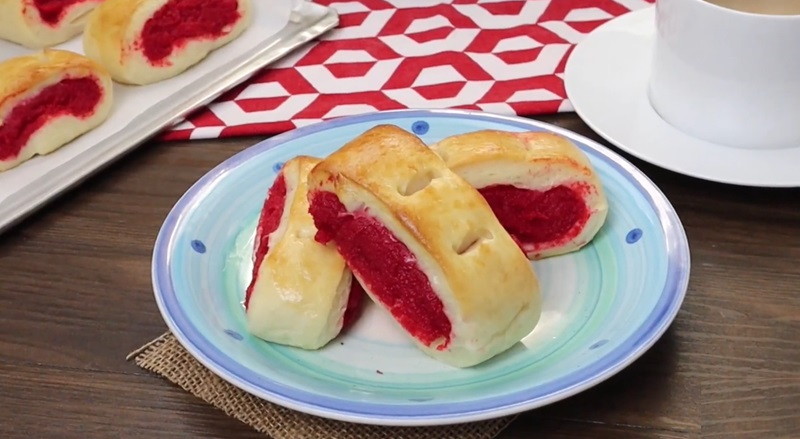
Pan de Regla is a traditional Filipino bread that holds a special place in the hearts of many Filipinos. This bread, also known as "Filipino menstrual bread," gets its name from its distinct red filling that resembles menstrual blood. Despite its somewhat unusual name, Pan de Regla is a beloved pastry that is often enjoyed as a sweet treat or as a breakfast staple. The bread itself is soft and fluffy, with a slightly sweet taste. It is typically shaped into long rolls with a bright red filling made from ingredients such as red bean paste, strawberry jam, or even dyed coconut flakes. The filling is generously spread throughout the bread, giving it a burst of flavor and a visually striking appearance.
Putok
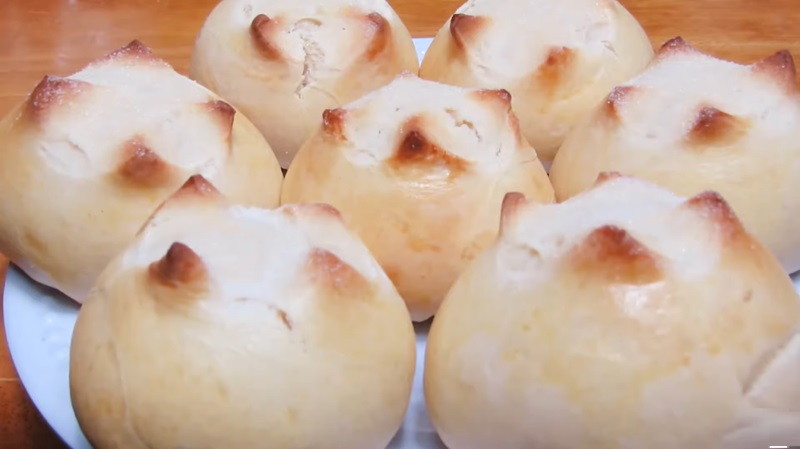
Putok is a popular bread in the Philippines that is loved for its distinct appearance and delicious taste. The name "putok" translates to "burst" in English, which perfectly describes the signature feature of this bread. Putok is characterized by its cracked and burst top, giving it a unique visual appeal. This bread is made from a simple dough that is typically enriched with milk, sugar, and butter. After the dough is shaped into individual buns, it is left to rise before baking. The burst top is achieved by scoring the dough with a sharp knife just before it goes into the oven. This creates a crack on the surface, resulting in the distinct "putok" appearance. The texture of putok is soft and fluffy on the inside, with a slightly crunchy crust.
Pastel de Camiguín
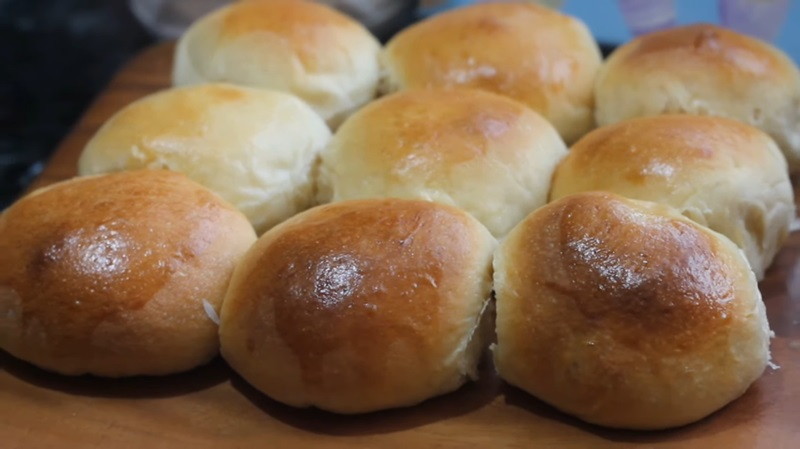
Pastel de Camiguín is a renowned delicacy from the island province of Camiguín in the Philippines. This delectable treat features a soft, fluffy bun filled with a luscious mixture of creamy yema (caramelized milk and egg yolks). The dough is typically enriched with butter, eggs, and milk, resulting in a rich and indulgent pastry. After baking, the pastel is often coated with a light glaze or dusted with powdered sugar, adding a touch of sweetness.
Cascaron
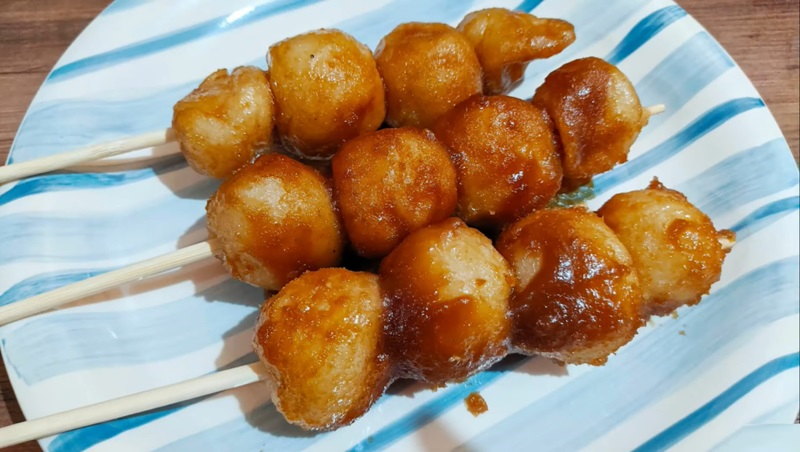
Cascaron is a type of doughnut crafted from deep-fried ground glutinous rice, grated coconut, and sugar. These treats are typically spherical, resembling eggshells, and are often sold on skewers. However, they can also be found in various shapes like elongated, pancake-shaped, or doughnut-shaped. The name "cascaron" originates from the Spanish word "cascarón," which means "eggshell," reflecting its crunchy exterior and common spherical form.
Monay
-1707881817.jpg)
Monay stands as one of the staple bread varieties in the Philippines, recognized for its distinct shape featuring a central indentation dividing it into two round halves. Crafted from a mixture of all-purpose or bread flour, milk (often powdered), yeast, egg yolks, and a hint of salt, sugar, and butter, Monay dough is kneaded into a ball and left to rise until doubled in size. Following this, it's shaped into cylinders, cut into small pieces, and formed into its characteristic shape. Before baking, Monay is typically brushed with an egg wash to achieve its golden hue, resulting in a delightful and versatile bread enjoyed across the nation.
Pinagong
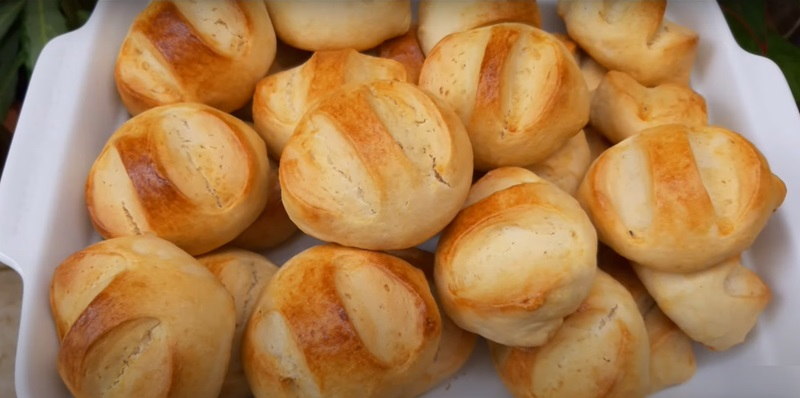
Pinagong is a traditional Filipino bread hailing from Quezon Province, renowned for its distinctive twisted shape resembling a turtle's shell. Crafted from a dough mixture of flour, yeast, sugar, eggs, and butter, Pinagong offers a delightful balance of sweetness and richness. After proofing, the dough is rolled into long strands, twisted, and shaped into its unique form before baking. The result is a bread with a soft, fluffy interior and a golden-brown, slightly crunchy exterior.
Pan de Coco
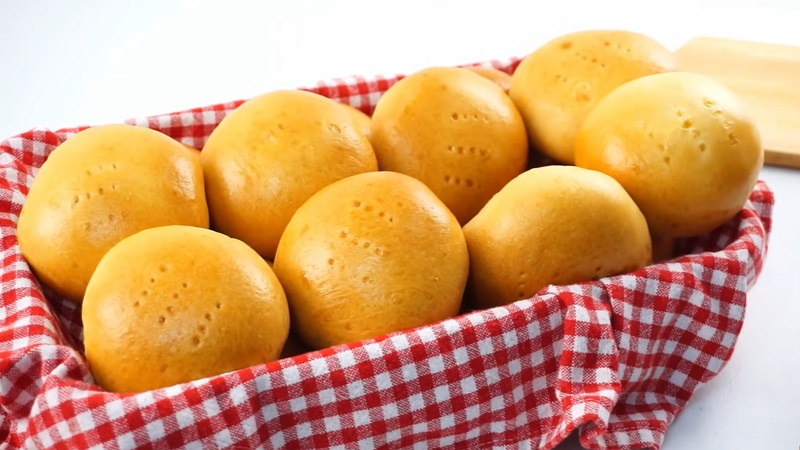
Pan de Coco is a popular Filipino bread that is loved for its sweet and coconut-filled taste. This delightful dish consists of soft and fluffy bread filled with a sweet mixture of grated coconut and brown sugar. The bread itself is made from a simple dough made with flour, yeast, sugar, and milk, giving it a light and airy texture. To make pan de coco, the dough is rolled out into small circles and filled with the coconut mixture. The edges of the dough are then folded over to seal in the filling, creating a round shape. The bread is then baked until golden brown, resulting in a deliciously fragrant and slightly crispy exterior. T
Pan de Siosa
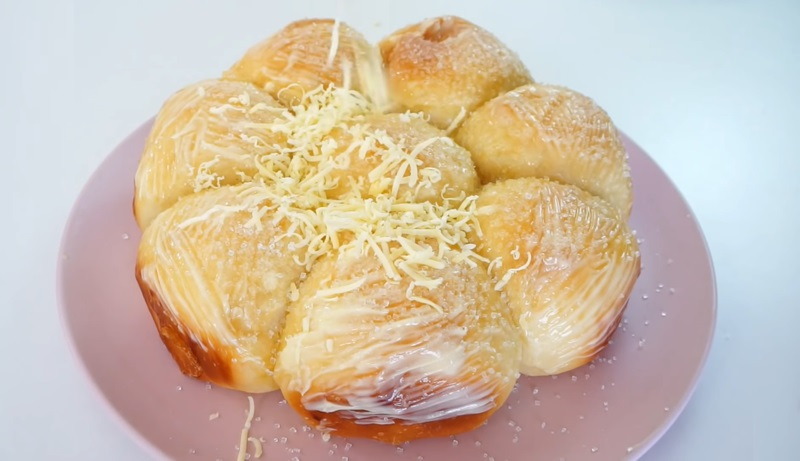
Pan de Siosa is a unique pull-apart bread renowned for its exceptionally soft texture. These bread rolls are distinctively baked connected to each other, creating a cohesive loaf. They offer versatility in serving, as they can accompany savory meat or soup dishes or serve as a delightful dessert. When enjoyed as a dessert, Pan de Siosa is brushed generously with butter, sprinkled with sugar, and adorned with grated cheese, elevating its flavor profile to a delightful balance of sweetness and savory richness.
Asado Roll
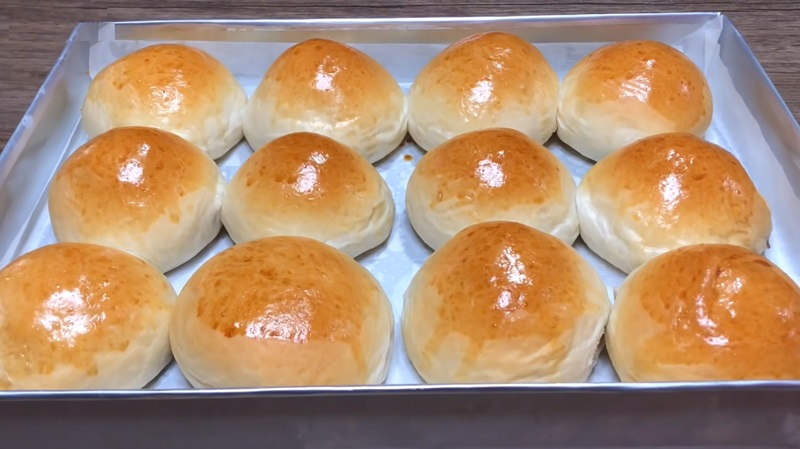
The Asado roll is a popular bread dish in the Philippines that is loved for its unique and flavorful filling. This bread is made using a soft and fluffy bun that is filled with a savory mixture of shredded pork, usually cooked in a sweet and tangy sauce called Asado. The filling for Asado roll is typically made by slow-cooking the pork in a flavorful blend of soy sauce, oyster sauce, garlic, onions, and various spices. The resulting mixture is tender and succulent, with a balance of sweet and savory flavors that is truly delightful.
Monggo Bread
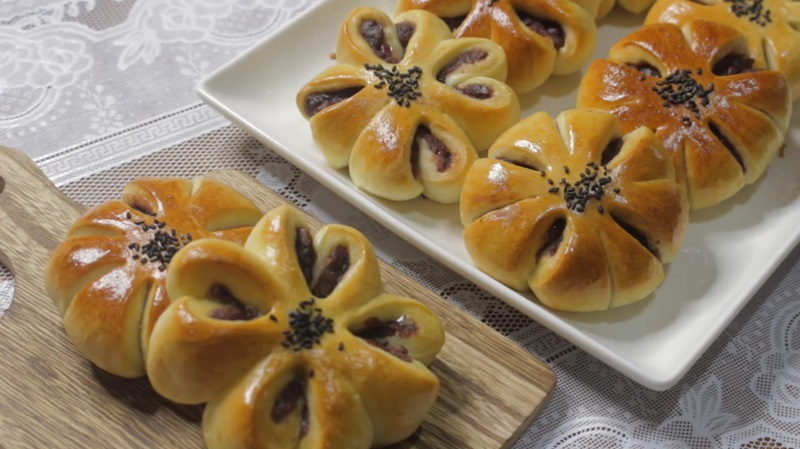
Monggo bread, also known as mung bean bread, is a popular Filipino bread that showcases the versatility of mung beans in a delightful and nutritious way. Mung beans, or monggo in Filipino, are soaked, cooked, and mashed before being incorporated into the bread dough. The bread itself is soft and fluffy, with a slightly sweet and nutty flavor. The addition of mashed mung beans gives it a unique texture and a subtle earthy taste. The dough is typically enriched with butter, sugar, and milk, further enhancing its richness and sweetness.





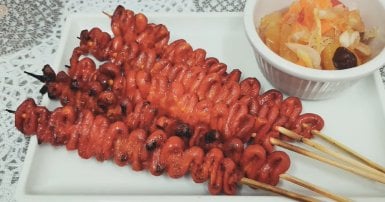
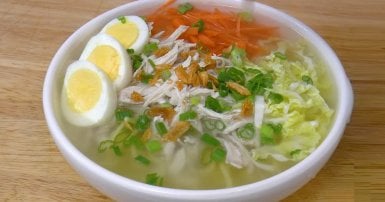
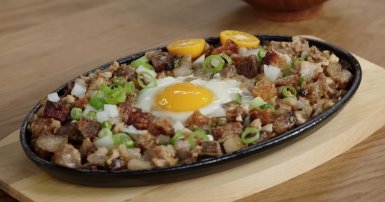
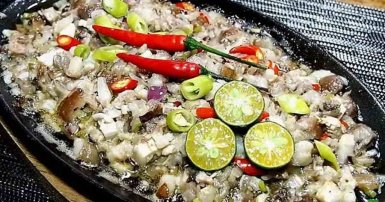
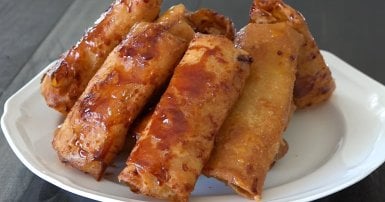
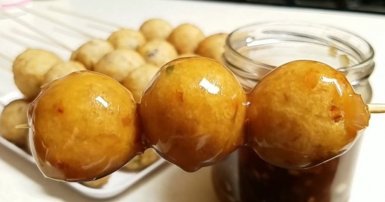
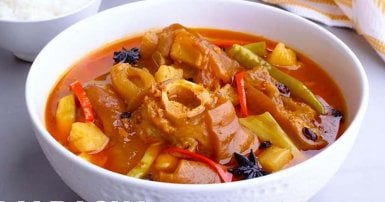

-1709813013.jpg)


